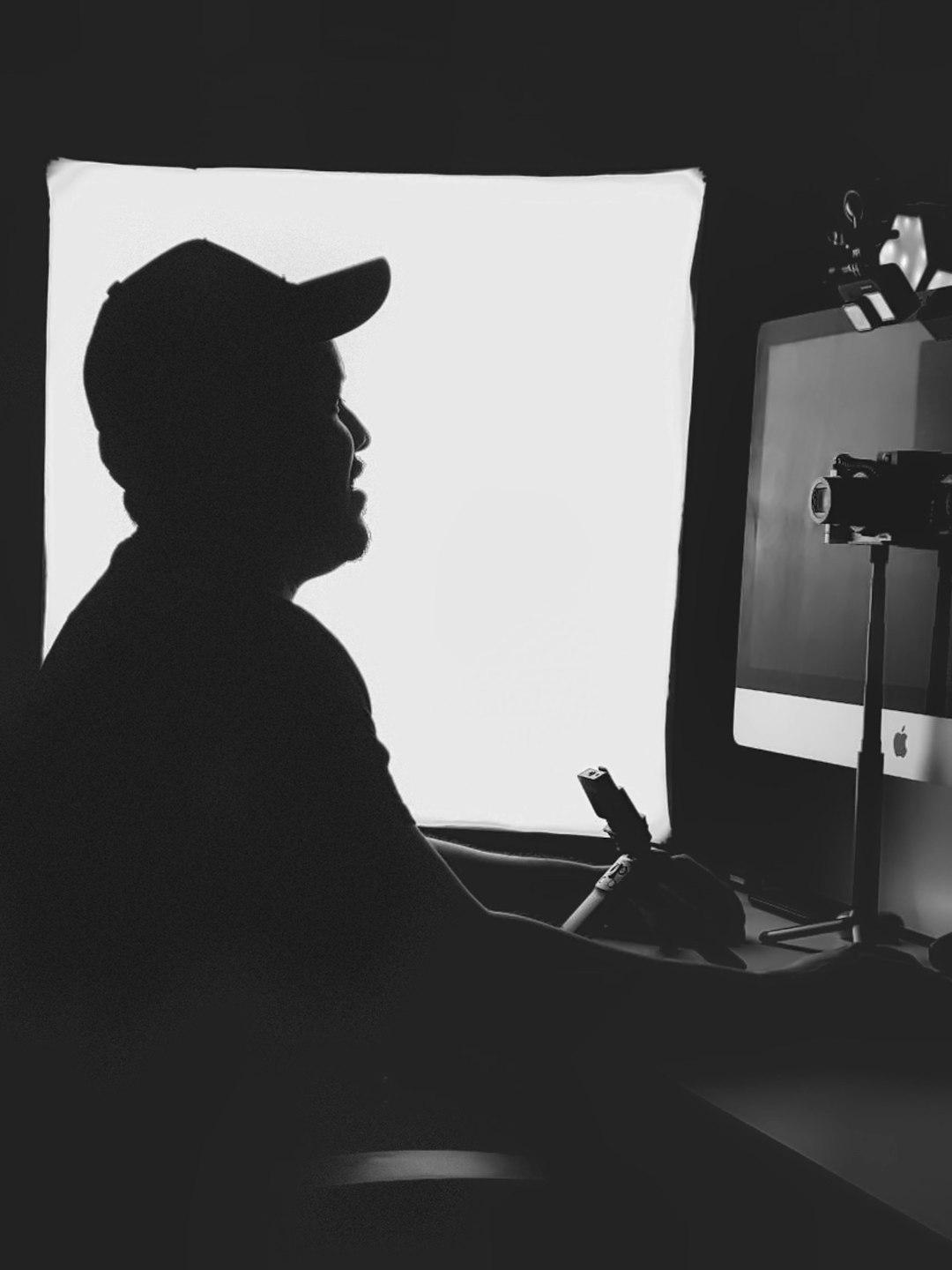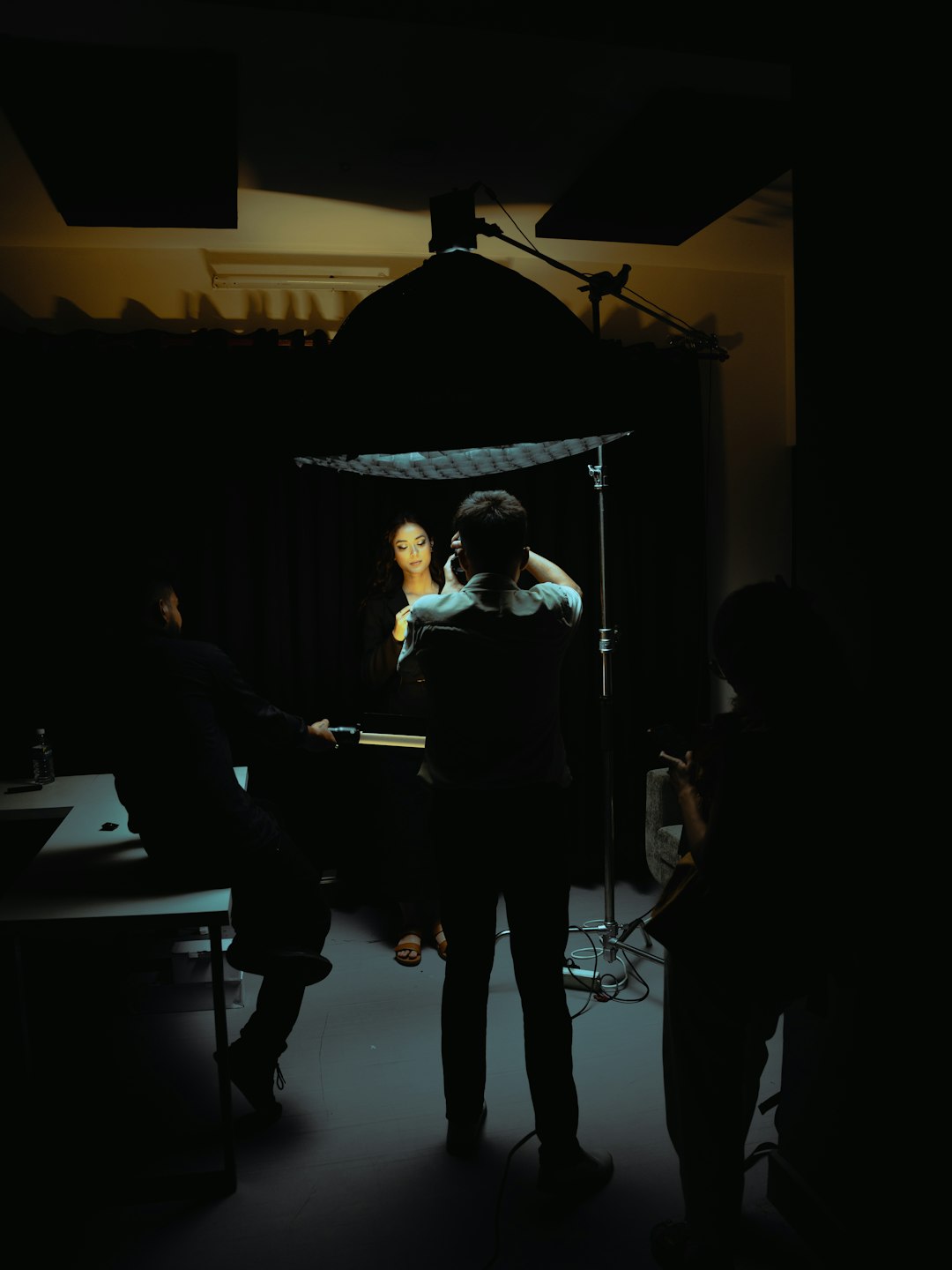When it comes to producing high-quality music, having the right equipment is crucial. And one of the most important pieces of equipment for any music producer or audio engineer is a good set of studio monitors.
Studio monitors are specialized speakers designed for accurate and precise sound reproduction. They are essential for mixing and mastering music, as they allow you to hear every detail and nuance of your recordings.
In this ultimate guide, we'll cover everything you need to know about studio monitors, including what they are, how they work, and what to look for when buying them.
What Are Studio Monitors?
Studio monitors, also known as reference monitors, are speakers designed specifically for use in recording studios. They are used to accurately reproduce sound, allowing producers and engineers to hear the truest representation of their recordings.
Unlike regular speakers, which are designed to enhance the sound and make it more pleasing to the ear, studio monitors are designed to provide a flat frequency response. This means that they do not add any coloration or distortion to the sound, allowing you to hear it exactly as it is.
How Do Studio Monitors Work?

Studio monitors work by converting electrical signals into sound waves. They consist of several components, including a woofer, tweeter, and crossover.
The woofer is responsible for producing low-frequency sounds, while the tweeter handles high-frequency sounds. The crossover is a circuit that separates the audio signal into different frequency ranges and sends them to the appropriate driver.
Studio monitors also have a built-in amplifier, which powers the speakers and ensures that they can accurately reproduce sound at high volumes.
Why Are Studio Monitors Important?
Studio monitors are essential for anyone involved in music production or audio engineering. Here are some reasons why they are so important:
Accurate Sound Reproduction
As mentioned earlier, studio monitors provide a flat frequency response, which means they do not add any coloration or distortion to the sound. This allows producers and engineers to hear the truest representation of their recordings, making it easier to identify and fix any issues.
Consistency
Monitors are designed to provide consistent sound reproduction, regardless of the listening environment. This is important because different speakers and listening environments can affect how a recording sounds. With studio monitors, you can be confident that your music will sound the same no matter where it is played.
Better Mixing and Mastering

Studio monitors allow you to hear every detail and nuance of your recordings, making it easier to make precise adjustments during the mixing and mastering process. This can result in a more polished and professional-sounding final product.
What to Look for When Buying Studio Monitors
When shopping for studio monitors, there are a few key factors to consider. Here are some things to keep in mind:
Frequency Response
The frequency response of a studio monitor refers to the range of frequencies it can accurately reproduce. The wider the frequency response, the more accurate the sound reproduction will be. Look for monitors with a frequency response of at least 20Hz to 20kHz.
Size and Power
Studio monitors come in a variety of sizes and power ratings. Generally, larger monitors will have a wider frequency response and more power, but they may also be more expensive. Consider the size of your studio and your budget when choosing the right monitor for you.
Active vs. Passive Monitors
Active monitors have a built-in amplifier, while passive monitors require an external amplifier to power them. Active monitors are generally more convenient and easier to set up, but passive monitors may offer more customization options.
Brand and Price

There are many brands of studio monitors on the market, each with its own unique features and price points. Some popular brands include PMC, KRK, and JBL. Consider your budget and do some research to find the best brand and model for your needs.
Types of Studio Monitors
There are two main types of studio monitors: near-field and far-field.
Near-Field Monitors
Near-field monitors are designed to be placed close to the listener, typically on a desk or stand. They are ideal for small studios and home recording setups, as they provide accurate sound reproduction in a small listening area.
Far-Field Monitors
Far-field monitors are designed to be placed further away from the listener, typically in larger studios. They are larger and more powerful than near-field monitors, making them suitable for larger listening areas.
Best Small Studio Monitors
If you have a small studio or home recording setup, you may be looking for a set of compact studio monitors. Here are some of the best small studio monitors on the market:
PMC Result6

The PMC Result6 is a compact near-field monitor that offers exceptional sound quality and accuracy. It features a 6.5-inch woofer and a 27mm soft-dome tweeter, as well as PMC's Advanced Transmission Line (ATL) bass-loading technology for extended low-frequency response.
The KRK RP5 Rokit G4
The KRK RP5 Rokit G4 has garnered a significant following among individuals who operate home studios and partake in small recording setups. This speaker system is highly regarded due to its exceptional features, including a 5-inch woofer and a 1-inch tweeter, which combine to deliver outstanding sound quality. Additionally, the KRK RP5 Rokit G4 comes equipped with a convenient built-in LCD screen, enabling users to effortlessly customize and fine-tune the EQ settings according to their specific preferences and requirements.
The JBL 305P MkII
The JBL 305P MkII, available at an affordable price point, is a remarkable choice that delivers exceptional sound quality without any compromises. Designed to provide an immersive audio experience, this impressive speaker is equipped with a 5-inch woofer and a 1-inch tweeter. Furthermore, JBL has incorporated their renowned Image Control Waveguide technology into this model, which ensures precise sound reproduction and an accurate, detailed listening experience. With the JBL 305P MkII, you can enjoy crystal-clear audio without breaking the bank.
Factors in Choosing Studio Monitors
| Factor | Importance Rating (1-5) | Average User Rating (1-10) |
|---|---|---|
| Frequency Response | 4 | 8.5 |
| Size and Power | 3.5 | 7.9 |
| Active vs. Passive Monitors | 4.2 | 8.3 |
| Brand and Price | 3.8 | 8.1 |
Note: The importance rating is based on the significance of each factor in choosing studio monitors, with 1 being least important and 5 being highly important. The average user rating is an aggregated score based on user reviews and feedback on a scale of 1 to 10, with 1 being the lowest and 10 being the highest satisfaction level.
Conclusion
Studio monitors are an essential tool for anyone involved in music production or audio engineering. They provide accurate and consistent sound reproduction, making it easier to create high-quality recordings.
When shopping for studio monitors, consider factors such as frequency response, size and power, and active vs. passive monitors. And if you have a small studio, be sure to check out some of the best small studio monitors on the market, such as the PMC Result6, KRK RP5 Rokit G4, and JBL 305P MkII.
With the right studio monitors, you can take your music production to the next level and create professional-sounding recordings that will impress your listeners.
FAQ Section
1. What are studio monitors?
Studio monitors are specialized loudspeakers designed for accurate sound reproduction in recording studios, editing rooms, and other critical listening environments. Unlike consumer speakers voiced for exaggerated bass or highs, studio monitors deliver an uncolored, flat frequency response across the entire audio spectrum. This allows audio professionals to hear recordings precisely as they were captured, making accurate mixing and mastering decisions.
2. How do studio monitors work?
Studio monitors utilize carefully engineered speaker drivers, cabinets, and crossover circuits to achieve their linear frequency response. Common components include woofers for low frequencies, tweeters for highs, and sometimes midrange drivers. Active monitors have built-in amplifiers and crossovers, while passive monitors require external amplification. Advanced waveguide designs and ported cabinets also aid in accurate sound dispersion and bass reproduction.
3. Why are studio monitors important for music production?
In recording, mixing, and mastering, professionals need to hear an honest representation of the audio content without any artificial coloring or exaggeration. Studio monitors provide this transparent window into the recorded material, allowing engineers and producers to identify and correct issues like harshness, muddiness, phase problems, etc. Their flat response ensures instruments, vocals, and effects translate accurately to other playback systems.
4. What should I look for when buying studio monitors?
Key considerations include frequency response (ideally 20Hz-20kHz), power handling, maximum SPL output, drive sizes, and cabinet construction. Active vs passive, room size matching, and accuracy vs hyped response are also important. Top brands like Yamaha, Genelec, Adam Audio, Focal, and KRK offer excellent options across budgets. Auditioning monitors is highly recommended.
5. What are near-field and far-field studio monitors?
Near-field monitors are compact models designed for close-range listening (3-6 feet). Their tight radiation pattern is ideal for mixing. Far-field monitors project sound over longer distances for tracking rooms or larger mix environments. Main monitors may be mid-field or far-field depending on room size. Near-fields are more common for home studios.
6. What are some good small studio monitor options?
Popular affordable near-field choices include the PreSonus Eris E5, JBL 305P MkII, Yamaha HS5, KRK Rokit 5 G4, and Kali Audio LP-6. For compact mid-field monitors, models like the Focal Alpha 65, Dynaudio LYD-48, ADAM A7X, and Neumann KH120 get high marks. Always consider room size when choosing monitor dimensions.
7. How do studio monitors aid in mixing and mastering?
With their surgical transparency, studio monitors let engineers make informed decisions on EQ, compression, effects, panning, and level balancing during mixing. The flat response and precise imaging ensure the original source material remains true and artifacts aren't introduced. This level of detailed monitoring is key for mixes that translate consistently across consumer systems.
8. Are studio monitors needed for home recording?
While not 100% mandatory, utilizing studio monitors in a home setup provides a major advantage for achieving professional-sounding recordings and mixes. Consumer speakers or headphones simply can't match the accuracy and lack of coloration necessary for critical listening decisions. Even an affordable pair of entry-level studio monitors will yield significantly better translation.
9. How can I optimize my studio monitor setup?
Proper positioning (ear level, equilateral triangle), acoustic treatment, calibration, and speaker isolation (pads) are crucial. Placing monitors away from corners/walls and angling them slightly inward creates an accurate stereo image. Using a reference mic and analyzer to adjust levels, delays, and EQ also enhances performance. Following manufacturer placement guidelines is advised.
10. Can headphones replace studio monitors?
While quality headphones are useful for checking stereo imaging and catching detail, they should not entirely replace studio monitors. Headphones create an artificial stereo stage and lack the ability to reproduce proper resonances, reflections, and low frequencies like speakers. Most professionals use both monitors and headphones as complementary reference points.
11. How can I prevent ear fatigue with studio monitors?
Taking regular breaks, maintaining moderate monitoring levels, treating your room acoustically, and utilizing features like high-frequency trims or auto-mute can help reduce ear strain over long sessions. Avoid exposure to excessive SPL levels. Using monitor controllers with stepped attenuation is also recommended for consistent listening levels.
12. What studio monitor maintenance is required?
Beyond routine cleaning of cabinets and driver cones, no major disassembly is needed. Check that drivers and amps are operating properly. Use protective rubber pads and avoid blocking monitor ports. Unmounted monitors should be stored upright. Replace if you notice distortion, rattling, buzzing, or drop in output, as repairs are often uneconomical.
Read More
Best Cheap Studio Monitors for Music Production
Are the MR4 Studio Monitor Speakers Worth It?
Impact of Studio Monitors on Music Production

